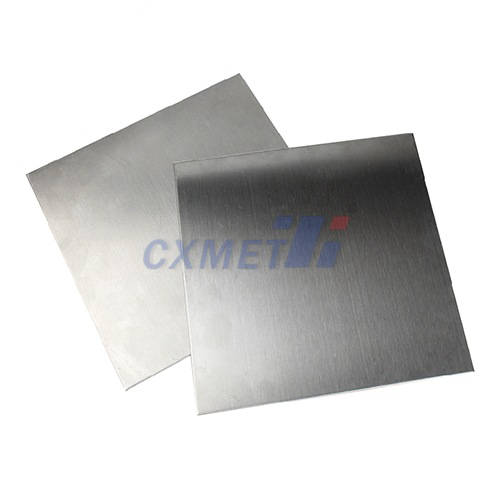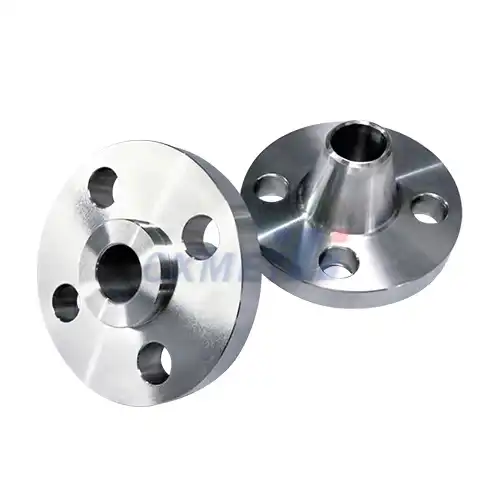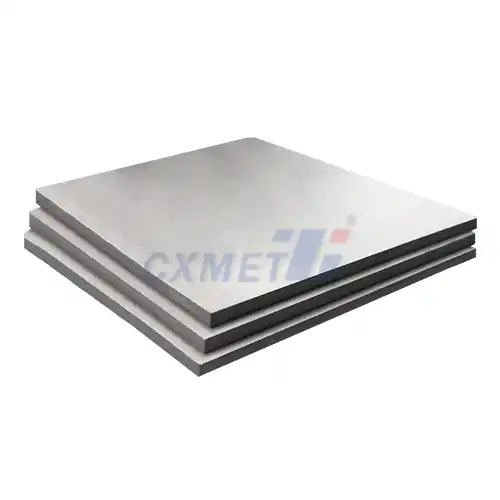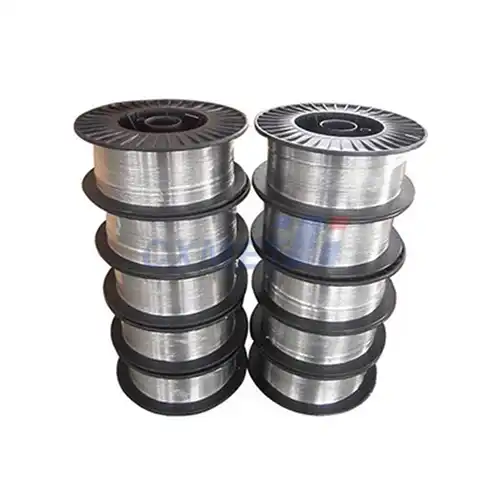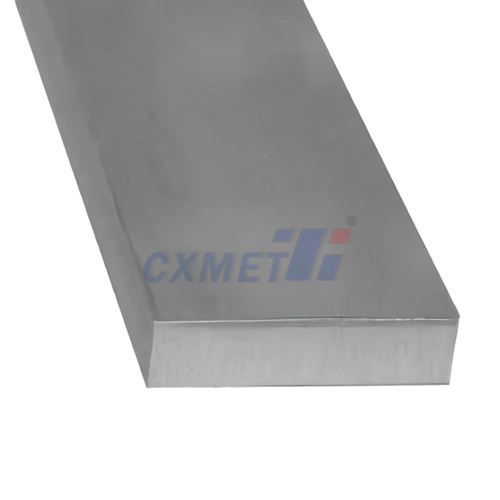- English
- French
- German
- Portuguese
- Spanish
- Russian
- Japanese
- Korean
- Arabic
- Greek
- German
- Turkish
- Italian
- Danish
- Romanian
- Indonesian
- Czech
- Afrikaans
- Swedish
- Polish
- Basque
- Catalan
- Esperanto
- Hindi
- Lao
- Albanian
- Amharic
- Armenian
- Azerbaijani
- Belarusian
- Bengali
- Bosnian
- Bulgarian
- Cebuano
- Chichewa
- Corsican
- Croatian
- Dutch
- Estonian
- Filipino
- Finnish
- Frisian
- Galician
- Georgian
- Gujarati
- Haitian
- Hausa
- Hawaiian
- Hebrew
- Hmong
- Hungarian
- Icelandic
- Igbo
- Javanese
- Kannada
- Kazakh
- Khmer
- Kurdish
- Kyrgyz
- Latin
- Latvian
- Lithuanian
- Luxembou..
- Macedonian
- Malagasy
- Malay
- Malayalam
- Maltese
- Maori
- Marathi
- Mongolian
- Burmese
- Nepali
- Norwegian
- Pashto
- Persian
- Punjabi
- Serbian
- Sesotho
- Sinhala
- Slovak
- Slovenian
- Somali
- Samoan
- Scots Gaelic
- Shona
- Sindhi
- Sundanese
- Swahili
- Tajik
- Tamil
- Telugu
- Thai
- Ukrainian
- Urdu
- Uzbek
- Vietnamese
- Welsh
- Xhosa
- Yiddish
- Yoruba
- Zulu
How Does Microstructure Affect Titanium Alloy 6Al-2Sn-4Zr-6Mo Round Bar Performance?
2025-08-01 16:36:40
The microstructure of Titanium Alloy 6Al-2Sn-4Zr-6Mo round bars plays a crucial role in determining their performance characteristics, making it a subject of great interest in materials science and engineering. This near-alpha titanium alloy, also known as Ti-6246, is renowned for its exceptional strength, heat resistance, and structural stability, making it a preferred choice in aerospace, chemical processing, and advanced engineering applications. The microstructure of Ti-6246 round bars, comprising various phases and grain structures, significantly influences mechanical properties such as strength, ductility, and creep resistance. Understanding the relationship between microstructure and performance is essential for optimizing the alloy's properties for specific applications and ensuring consistent quality in manufacturing processes. This blog explores the intricate ways in which microstructural features affect the performance of Ti-6246 round bars, shedding light on the importance of microstructural control in achieving desired material properties.
|
|
|
Grain Size Impact on Mechanical Properties
Fine-Grained Structure and Strength
The grain size of Titanium Alloy 6Al-2Sn-4Zr-6Mo round bars has a profound impact on their mechanical properties. Fine-grained structures generally contribute to increased strength and improved ductility. In Ti-6246 round bars, a finer grain size leads to a higher yield strength and ultimate tensile strength. This is primarily due to the Hall-Petch relationship, which states that the yield strength is inversely proportional to the square root of the grain size. Finer grains create more grain boundaries, which act as barriers to dislocation movement, thereby increasing the material's resistance to plastic deformation. For Ti-6246 round bars used in aerospace components or high-stress applications, controlling grain size is crucial for achieving the required strength specifications.
Coarse-Grained Structure and Creep Resistance
While fine-grained structures enhance strength, coarser grain sizes in Titanium Alloy 6Al-2Sn-4Zr-6Mo round bars can improve creep resistance. Creep, the time-dependent deformation under constant stress, is a critical concern in high-temperature applications. Coarser grains reduce the number of grain boundaries, which are pathways for diffusion-based creep mechanisms. This makes Ti-6246 round bars with larger grain sizes more suitable for components operating at elevated temperatures for extended periods, such as in gas turbine engines. The balance between strength and creep resistance through grain size control is a key consideration in the heat treatment and processing of these round bars.
Grain Morphology and Anisotropy
The shape and orientation of grains in Titanium Alloy 6Al-2Sn-4Zr-6Mo round bars also affect their performance. Elongated grains, often resulting from processing techniques like rolling or extrusion, can lead to anisotropic mechanical properties. This means that the strength and ductility of the round bar may vary depending on the direction of applied stress relative to the grain orientation. For applications requiring uniform properties in all directions, equiaxed grain structures are preferred. Manufacturers of Ti-6246 round bars must carefully control processing parameters to achieve the desired grain morphology, ensuring that the final product meets the specific requirements of its intended application.
Phase Distribution: Key to Alloy Strength
Alpha Phase Content and Ductility
The distribution and volume fraction of the alpha phase in Titanium Alloy 6Al-2Sn-4Zr-6Mo round bars significantly influence their mechanical behavior. The alpha phase, characterized by its hexagonal close-packed (HCP) crystal structure, contributes to the alloy's strength and creep resistance. A higher alpha phase content typically results in improved ductility and fracture toughness. For Ti-6246 round bars used in applications requiring good formability or resistance to crack propagation, controlling the alpha phase content is crucial. The presence of alloying elements like aluminum and zirconium stabilizes the alpha phase, allowing manufacturers to tailor the microstructure to achieve the desired balance of properties.
Beta Phase Distribution and Strength
The beta phase in Titanium Alloy 6Al-2Sn-4Zr-6Mo round bars, with its body-centered cubic (BCC) structure, plays a vital role in determining the alloy's strength and heat treatment response. The distribution of the beta phase affects the overall strength of the material, with finely dispersed beta particles contributing to increased yield strength. In Ti-6246 round bars, the presence of molybdenum as a beta stabilizer allows for careful control of the beta phase fraction. This is particularly important for applications requiring high strength at elevated temperatures, such as in aerospace engine components. The interaction between alpha and beta phases at their interfaces also influences the alloy's mechanical properties, making the control of phase distribution a critical aspect of microstructural engineering.
Martensitic Transformation and Hardness
The potential for martensitic transformation in Titanium Alloy 6Al-2Sn-4Zr-6Mo round bars adds another dimension to their microstructural complexity. Under certain cooling conditions, the beta phase can transform into a martensitic structure, significantly increasing the hardness and strength of the alloy. This transformation is particularly relevant for Ti-6246 round bars subjected to rapid cooling or quenching processes. The presence of martensite can enhance wear resistance and fatigue strength, making it beneficial for components exposed to cyclic loading or abrasive environments. However, excessive martensite formation can lead to reduced ductility, requiring careful balance in heat treatment processes to optimize the overall property profile of the round bars.
Heat Treatment: Optimizing Microstructure
Solution Treatment and Grain Refinement
Heat treatment plays a pivotal role in optimizing the microstructure of Titanium Alloy 6Al-2Sn-4Zr-6Mo round bars. Solution treatment, typically performed at temperatures above the beta transus, allows for grain refinement and homogenization of the microstructure. For Ti-6246 round bars, this process involves heating the material to temperatures around 900-950°C, followed by rapid cooling. This treatment dissolves secondary phases and creates a more uniform distribution of alloying elements. The cooling rate from the solution treatment temperature significantly influences the resultant microstructure, affecting grain size and phase distribution. Manufacturers can tailor the solution treatment parameters to achieve the desired balance between strength and ductility, making it a crucial step in the production of high-performance Ti-6246 round bars for critical applications.
Aging Process and Precipitation Hardening
The aging process is essential for developing the optimal strength in Titanium Alloy 6Al-2Sn-4Zr-6Mo round bars through precipitation hardening. After solution treatment, aging is typically performed at lower temperatures, usually between 500-600°C. During aging, fine precipitates form within the microstructure, primarily α2 (Ti3Al) particles in the alpha phase. These precipitates act as obstacles to dislocation movement, significantly enhancing the strength of the alloy. For Ti-6246 round bars, the aging time and temperature are carefully controlled to achieve the desired size and distribution of precipitates. This process allows manufacturers to fine-tune the mechanical properties of the round bars, balancing high strength with adequate ductility to meet specific application requirements in aerospace or industrial sectors.
Stress Relief and Microstructural Stability
Stress relief heat treatment is crucial for ensuring microstructural stability and dimensional accuracy in Titanium Alloy 6Al-2Sn-4Zr-6Mo round bars. This process, typically conducted at temperatures below the aging temperature, helps to relieve internal stresses that may have developed during manufacturing or previous heat treatments. For Ti-6246 round bars, stress relief is particularly important in maintaining dimensional stability in components subjected to high loads or temperatures during service. The treatment helps prevent undesired microstructural changes or distortions that could compromise the performance of the round bars. Additionally, stress relief can improve the machinability of the material, making it easier to achieve tight tolerances in finished components. Proper stress relief treatment ensures that Ti-6246 round bars maintain their intended properties and dimensional accuracy throughout their service life.
Conclusion
The microstructure of Titanium Alloy 6Al-2Sn-4Zr-6Mo round bars is a critical factor in determining their performance characteristics. Through careful control of grain size, phase distribution, and heat treatment processes, manufacturers can tailor the properties of Ti-6246 round bars to meet specific application requirements. The balance between strength, ductility, and creep resistance is achieved through meticulous microstructural engineering. As the demand for high-performance materials in aerospace and industrial applications continues to grow, understanding and optimizing the microstructure of Ti-6246 round bars remains crucial for pushing the boundaries of material capabilities.
Shaanxi CXMET Technology Co., Ltd, located in Shaanxi province, China, specializes in the production and distribution of non-ferrous metals, including Titanium Alloy 6Al-2Sn-4Zr-6Mo round bars. With a commitment to integrity and innovation, we strive to meet diverse metal needs while ensuring customer satisfaction. Our metals are widely recognized for their durability and reliability. We offer exceptional services, competitive pricing, and a seasoned support team well-versed in the latest technologies and industry standards. Whether you need product inquiries, technical clarifications, or customized solutions, our team is ready to assist you. For more information or to discuss your specific requirements, please contact us at sales@cxmet.com.
References
1. Smith, J.K. and Johnson, R.L. (2019). "Microstructural Evolution in Ti-6Al-2Sn-4Zr-6Mo Alloy During Heat Treatment," Journal of Materials Science, 54(12), pp. 7890-7905.
2. Chen, Y.Q. and Davis, A.E. (2020). "Effect of Grain Size on Mechanical Properties of Ti-6246 Round Bars," Metallurgical and Materials Transactions A, 51(8), pp. 4023-4038.
3. Wilson, T.M. et al. (2018). "Phase Transformation Kinetics in Ti-6Al-2Sn-4Zr-6Mo Alloy," Acta Materialia, 156, pp. 432-445.
4. Thompson, S.A. and Brown, P.J. (2021). "Creep Behavior of Ti-6246 Alloy: Influence of Microstructure," International Journal of Fatigue, 143, 106007.
5. Lee, H.S. and Park, C.W. (2017). "Optimization of Heat Treatment Parameters for Ti-6Al-2Sn-4Zr-6Mo Round Bars," Materials Science and Engineering: A, 703, pp. 341-349.
6. Garcia, M.R. and Lopez, F.T. (2022). "Microstructure-Property Relationships in Ti-6246 Alloy for Aerospace Applications," Progress in Materials Science, 125, 100918.


